“It used to be a peaceful town. Now everyone is fleeing,” Yomara, 26, said in an interview in Nogales, Arizona.
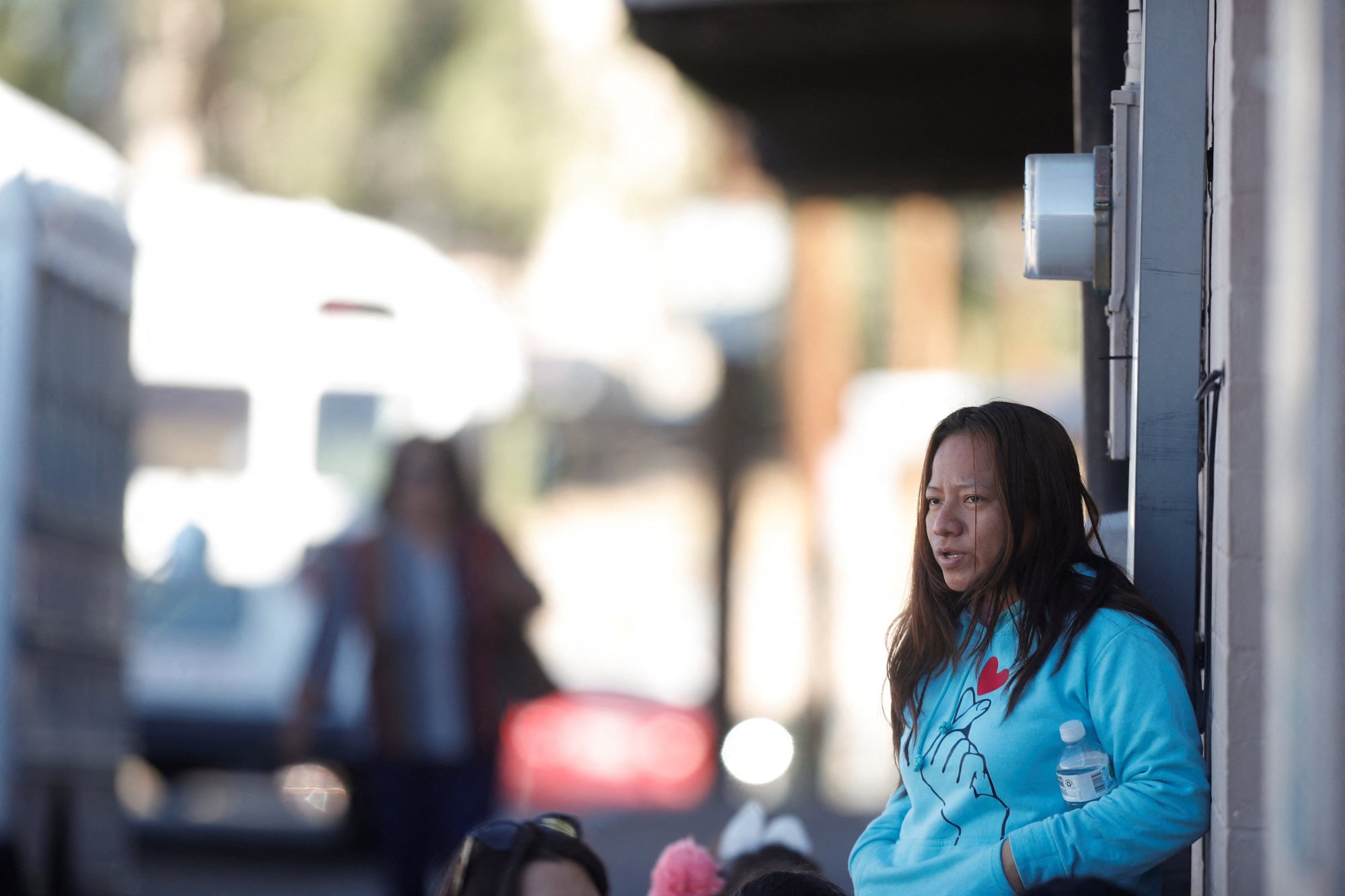
Rivalries between organised crime groups in long-violent states and an expansion of these battlegrounds to previously calm parts of the country is fuelling what migration experts are calling the largest exodus of Mexican families in modern history.
Yomara’s hometown in the southern state of Chiapas, once relatively untouched by gang violence, is now the site of a turf war between two of Mexico’s most powerful cartels, the Jalisco New Generation Cartel (CJNG) and the Sinaloa Cartel.
Some 180,000 Mexican migrants, travelling in family groups, crossed the border into the US over the 12 months ending in October, four times more than the previous year, according to US Customs and Border Protection (CBP), and a fifth of the 868,000 migrants of all nationalities travelling in family groups.
Reuters obtained previously unreported survey data from the Kino Border Initiative, a large migrant shelter and resource centre in Nogales, Sonora, and interviewed 21 migrant families along the border in Texas and Arizona who identified violence – not economic factors – as the primary driver for their decision to leave Mexico.
The families represent a shift from the past, when Mexican migrants were primarily men in search of better-paying jobs.
Some 88 per cent of the Mexicans who passed through Kino this year said they were seeking to escape violence, according to the centre’s interviews with 6,710 people.
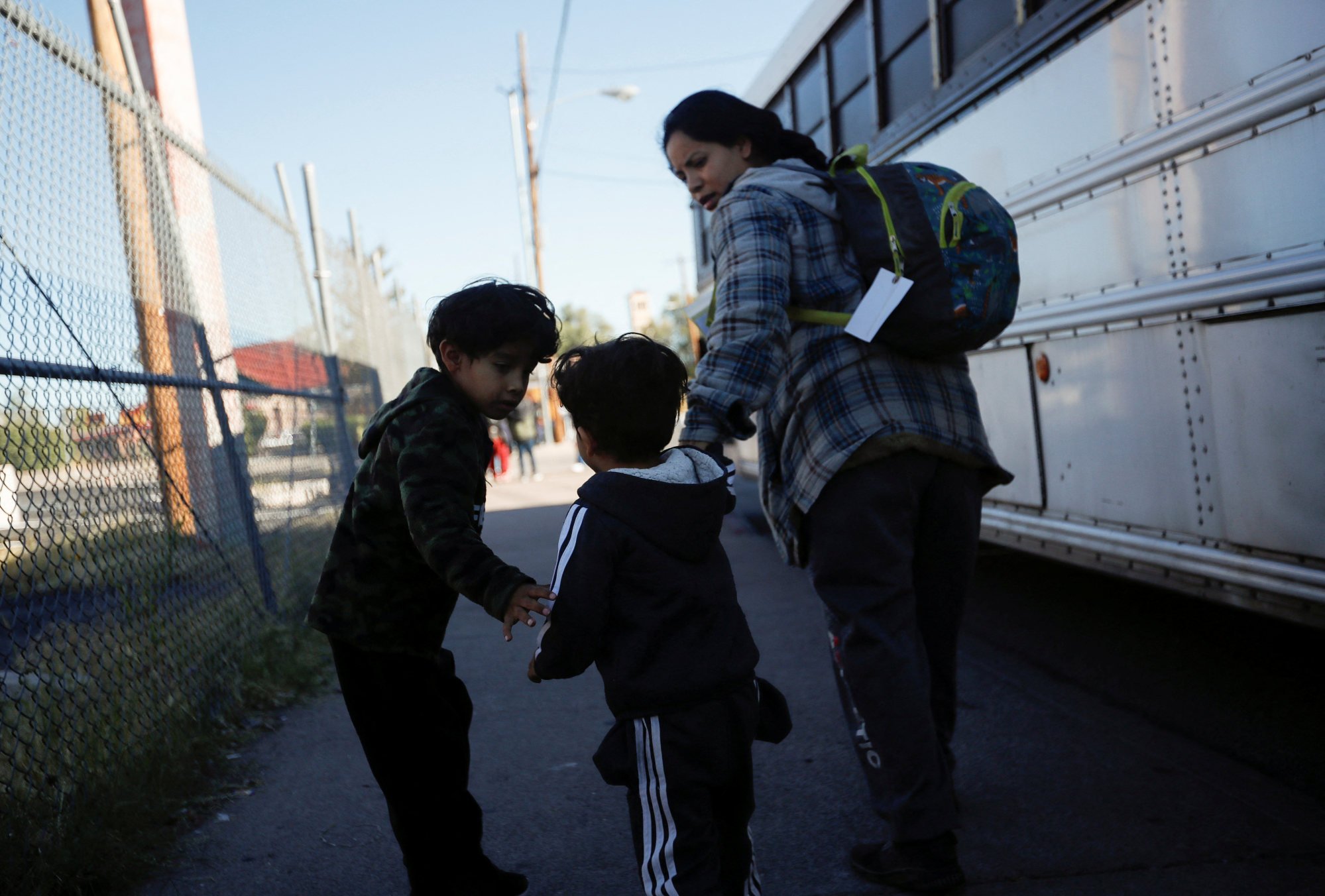
Forced out of their communities
In 2017, it was the opposite: 87 per cent of the 7,148 respondents to the Kino survey said they were migrating for economic reasons, with only 2 per cent citing violence.
Those numbers are roughly in line with a 2022 survey by the UN’s International Organization for Migration of more than 500 Mexicans who relocated to northern Mexico, nearly all of whom planned to enter the US. The survey found that 90 per cent had fled violence, extortion, armed clashes or organised crime.
A quarter of them reported having a family member who had disappeared.
“We no longer only have migrants coming to the United States to work,” said Pedro De Velasco, Kino’s education and advocacy director. “We are seeing people who are forced out of their communities. They have to flee.”
It is unclear how many of these families will be able to stay legally in the US, because people who flee gangs often do not qualify for asylum. Applicants must demonstrate a fear of persecution stemming from their political beliefs, or belonging to a particular race, religion, nationality or social group.
Corpses, body parts strewn across Mexico’s Monterrey in spate of violence
Corpses, body parts strewn across Mexico’s Monterrey in spate of violence
Over the last two decades, immigration courts denied 85 per cent of asylum claims by Mexican applicants, according to a Syracuse University analysis, the highest rejection rate of the 19 nationalities that most often request asylum.
“It’s extremely rare for Mexicans to obtain asylum by arguing that they are fleeing organised crime violence,” said Victor Clark, a security and migration expert at the Binational Centre for Human Rights in Tijuana, who has served for years as an expert witness in cases of Mexicans requesting US asylum.
“But many come with this dream of winning asylum,” he said.
A US State Department official told Reuters that Mexican migrants who do not qualify to stay in the US are regularly returned to Mexico. When asked about cartel activity driving families north, the official said statistics were not available.
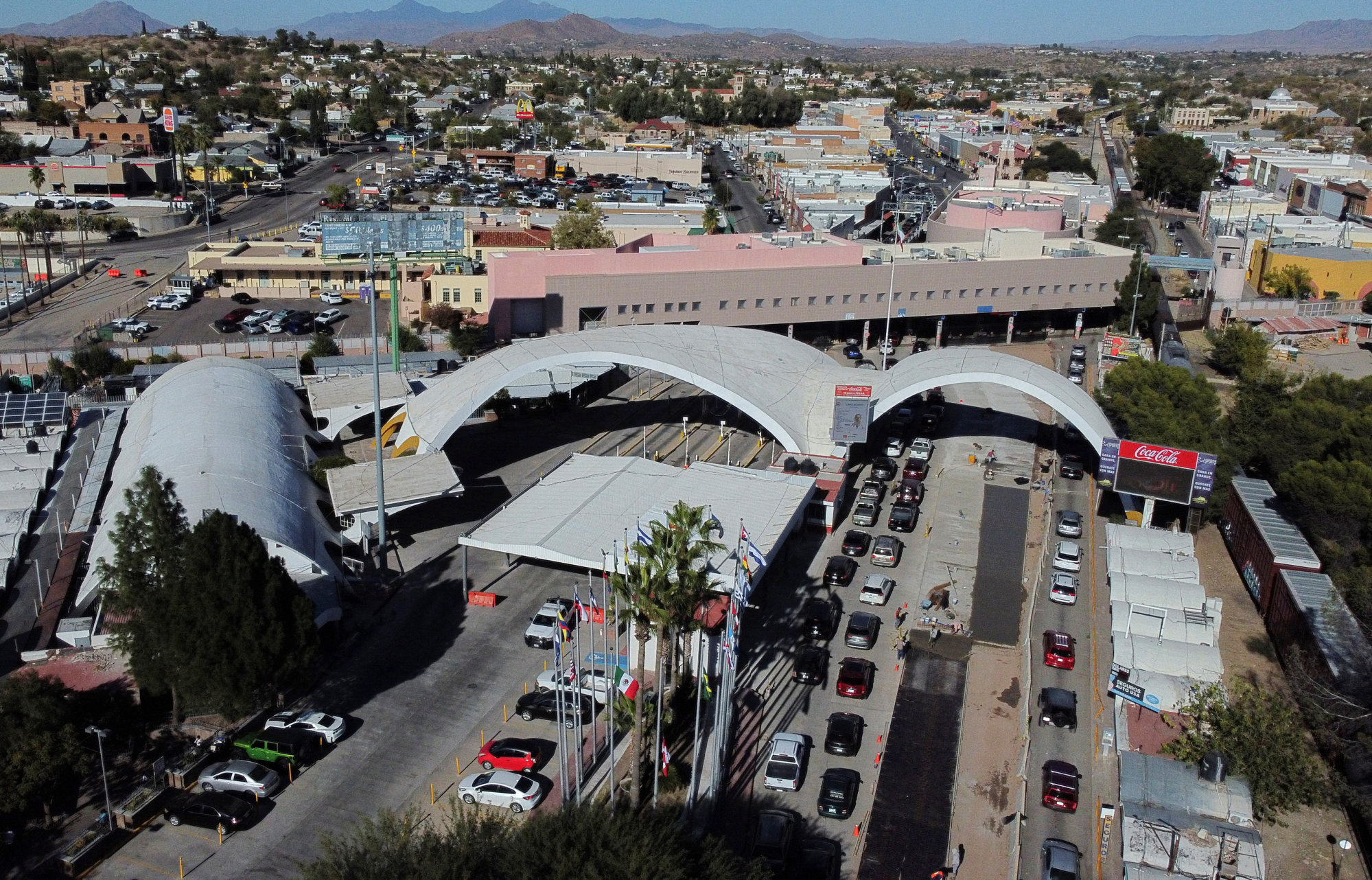
Nowhere is safe
Maria, a nurse’s aide from the western state of Michoacan, which has been rocked by conflict for years, said she fled with her three children in October after CJNG killed her partner and delivered his head to her front door in a box.
The incident was captured on security cameras.
Maria, whose full name Reuters is withholding for security reasons, said she planned to seek asylum in the US and was awaiting an appointment on the government-run CBP One smartphone app to approach the border, because she feared the group would be able to find her anywhere in Mexico.
“Where can you go in Mexico that doesn’t have this cartel? Where can you be safe?” she said.
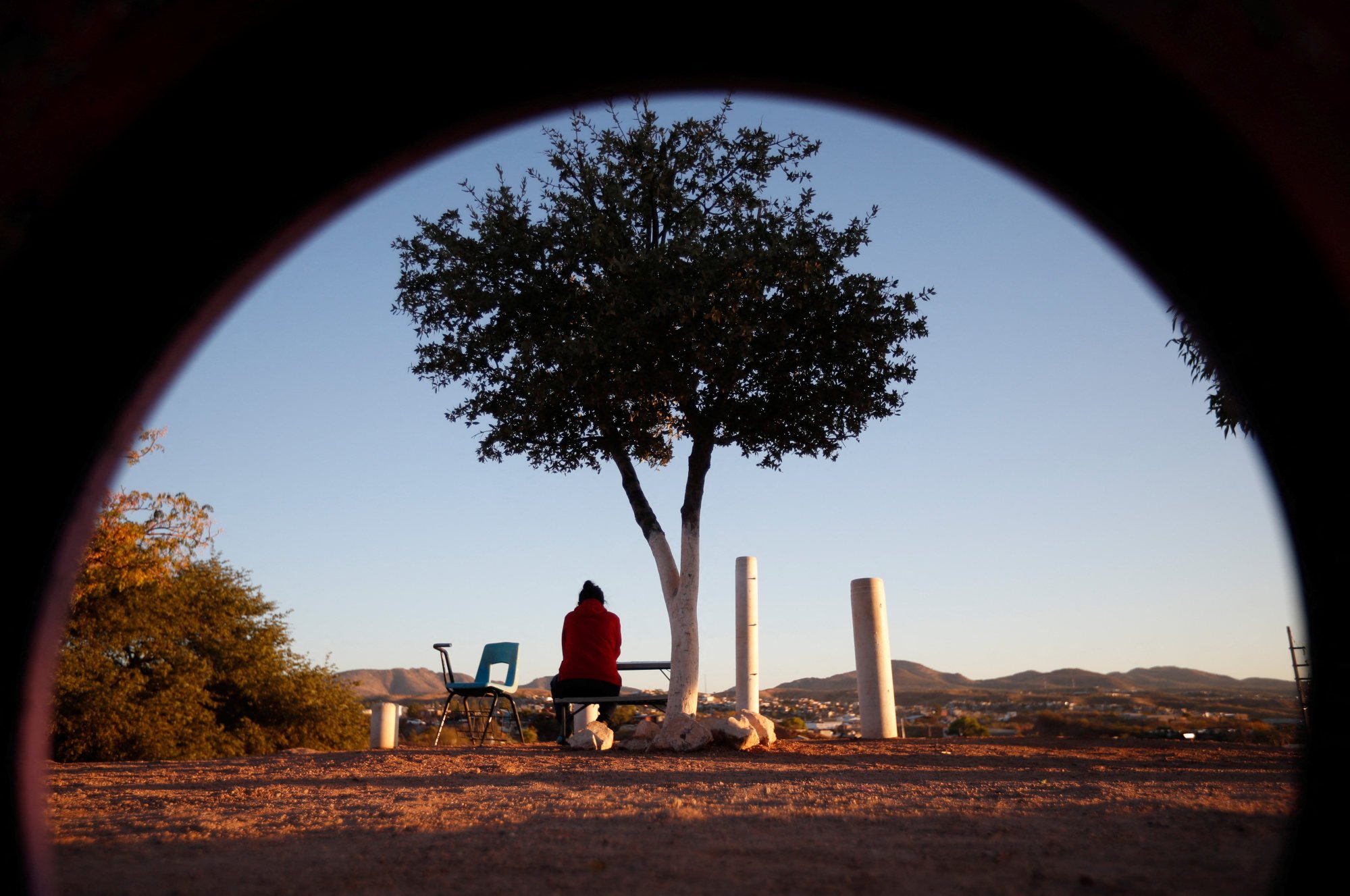
That fear is driving people across the border, according to Falko Ernst, senior analyst for the International Crisis Group, noting that as cartels expand, they sometimes tap into far-flung networks of associates to track people down using their names and photos, as if putting out a search warrant.
Mexican President Andres Manuel Lopez Obrador took office in 2018 promising to reverse a decades-old security crisis by breaking with his predecessors’ war on drug cartels and prioritising programmes to help the poor.
The poverty rate has since fallen six percentage points. Yet while the national murder rate has declined since its high in 2019, homicides have increased this year in Guerrero, Chiapas and Morelos, states from which many of the migrants are fleeing north.
Those three states also recorded an increase in kidnappings over the last year.
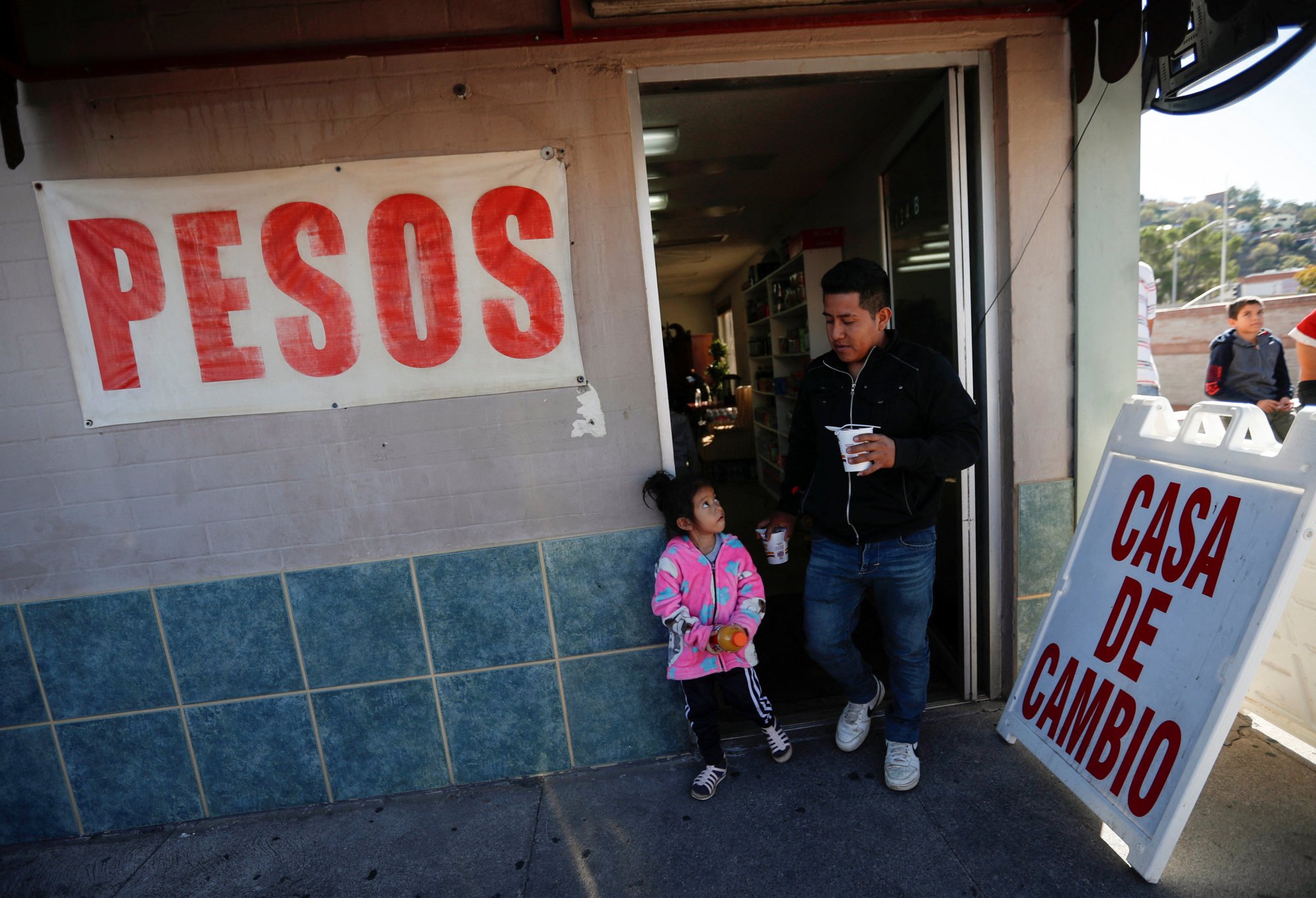
Critics of Lopez Obrador’s security policy say his administration has failed to curb impunity and corruption, allowing criminal groups to further entrench their operations or expand.
Mexico’s government did not respond to requests for comment.
Lopez Obrador has said much of Chiapas is peaceful, although he has acknowledged that organised crime groups near the border with Guatemala are fighting to control the flow of drugs from Central America. Speaking at his daily press conference in October, he said 15,000 members of the armed forces had been deployed across the state.
For Carlos and Yomara, just getting away from Chiapas and across the border is a relief.
“I feel calmer now, more at peace,” Carlos said, as the family waited along with dozens of other Mexican migrants for a bus from the border to a shelter in Tucson. “My daughter is going to be okay.”

